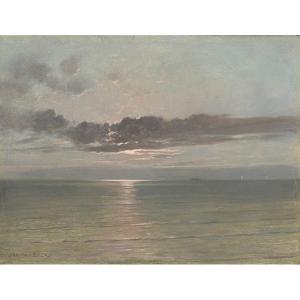Sunset over the sea
circa 1900
Oil on panel
27 x 35 cm
36.5 x 44 cm with its frame
Signed 'JAN VAN BEERS' bottom left
Born in Lier in Belgium, son of a famous Flemish romantic poet, Jan Van Beers evolved within a wealthy artistic and literary environment, becoming friends at a very young age with the musician Pierre Benoit (of whom he the portrait in 1883), or the history painter Baron Henry Leys. Turning to painting himself, Van Beers studied at the Academy of Fine Arts in Antwerp and became the leader of a group of young students known as "the Van Beers clique". Among them, talented and promising artists like the painters Piet Verhaert, and Alexander Struys, as well as the sculptor Jef Lambeaux. Undoubtedly encouraged by Henry Leys, the artist initially favored historical subjects as well as a meticulous technique directly inspired by the great Flemish masters, arousing unanimous admiration from critics during his first exhibitions in Belgium and France. Van Beers moved to Paris in 1878 and worked in the studio of Alfred Stevens, with whom he became friends. From 1879, he produced numerous small paintings of genre scenes, almost miniatures, depicting bourgeois life or portraits of elegant young women, whose delicacy of execution and extreme precision met with great success. In 1881, at the Brussels Salon, the painter was at the heart of a scandal linked to the exhibition of his painting The Yacht La Sirène. Accused of having been painted on a photograph, the latter is at the center of a particularly publicized lawsuit brought against the artist. While the magazine L'Art Moderne defended Van Beers, a number of critics were very virulent, and a visitor to the show even scratched the board. After this act of vandalism, a commission of experts carefully examined the work and exonerated Van Beers. This affair ultimately established the artist's career and helped to make him a famous, rich and admired painter. If Jan Van Beers triumphs with his portraits, his historical and genre scenes, his work as a landscape painter remains too little known, and this can be partly explained by his smaller presence within his corpus. The oil on panel that we are presenting therefore constitutes a rare testimony to the artist's qualities in this field, with which his fellow student Alfred Stevens was more familiar. Using the delicate and fine touch that made his brush so successful, Van Beers gives us here a luminous navy whose twilight atmosphere seems captured in the moment. The setting sun at the end of the day, masked in vibrant contrast by a few opaque gray-black clouds, makes the sea shimmer, adorning it with pink and silver reflections. In perfect mastery of his craft, the painter makes us perceive the lapping of the waves in the foreground, and suggests on the horizon a steamboat in a black dot leaving a tiny trail of smoke in front of the evening mist. Not far from him to the right, two small white touches are enough to indicate the sailboats. Through a modern framing evacuating any presence of the coastline, Jan Van Beers takes the viewer into the open sea of the North and offers him the bath of a captured atmosphere which, if it is visually distinguished from impressionism, is not without evoking the Whistler painting.






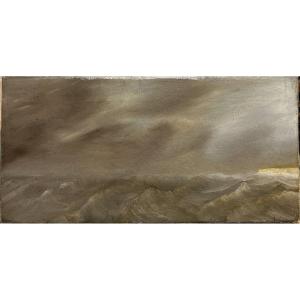

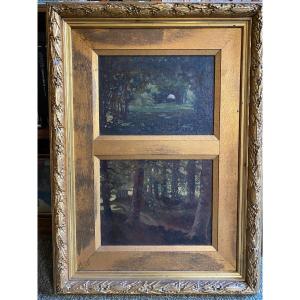

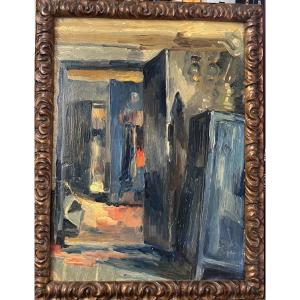



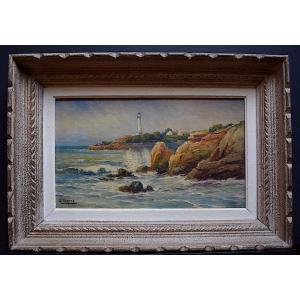
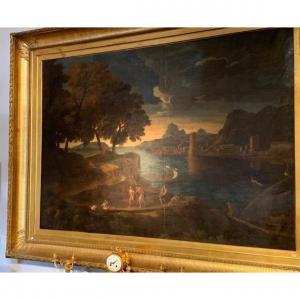
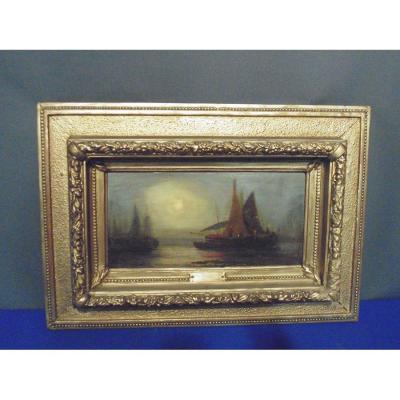
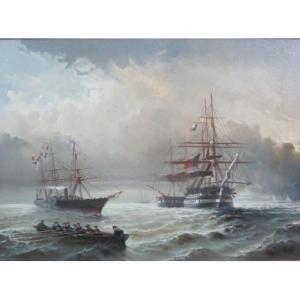



 Le Magazine de PROANTIC
Le Magazine de PROANTIC TRÉSORS Magazine
TRÉSORS Magazine Rivista Artiquariato
Rivista Artiquariato
